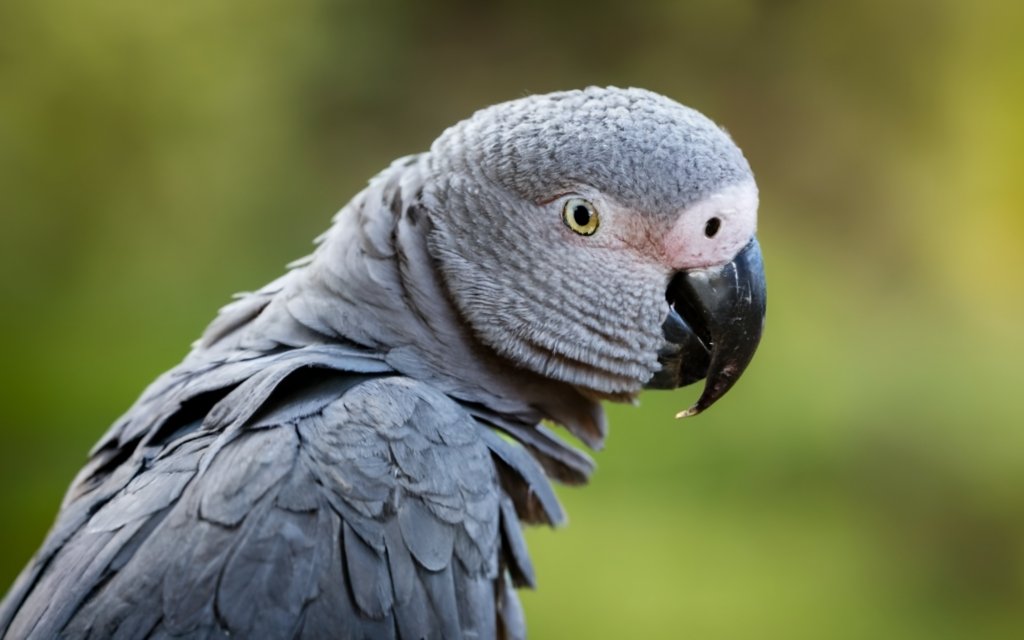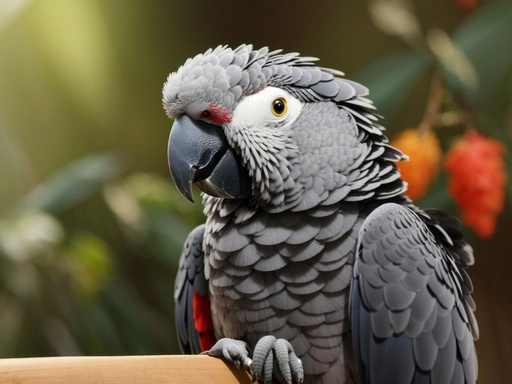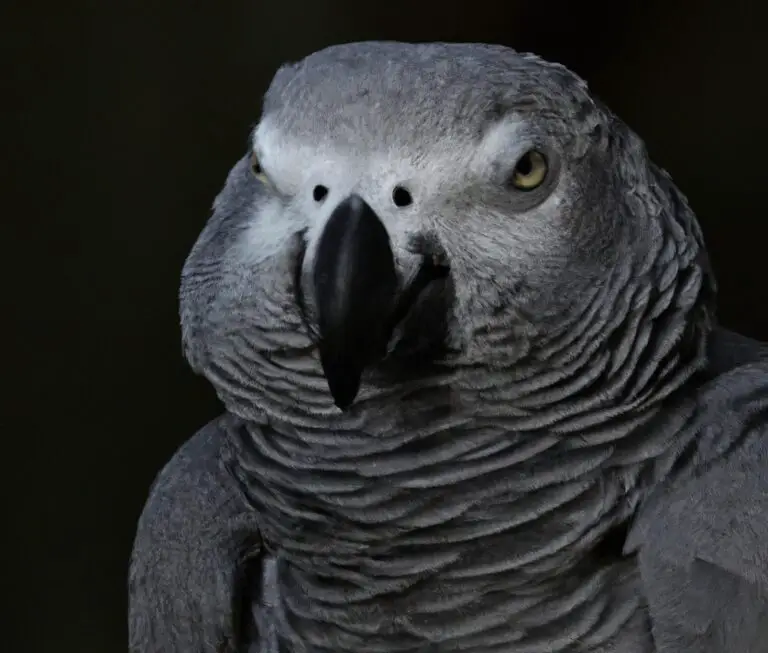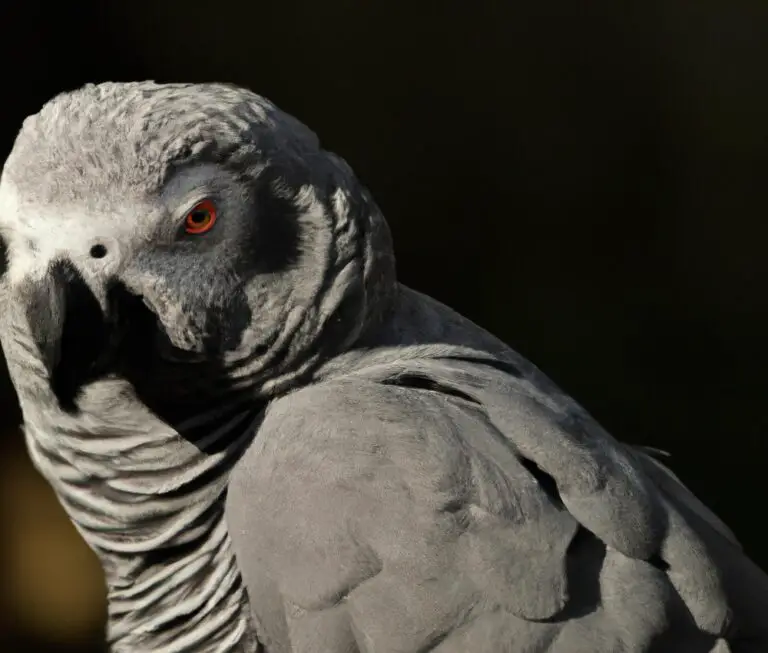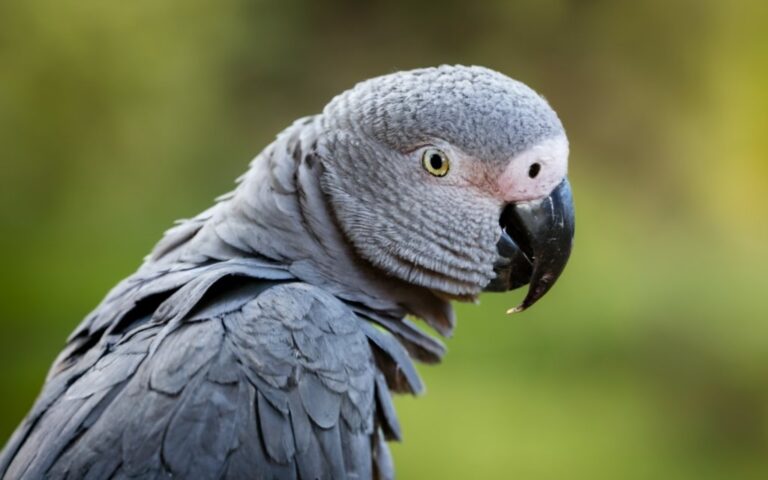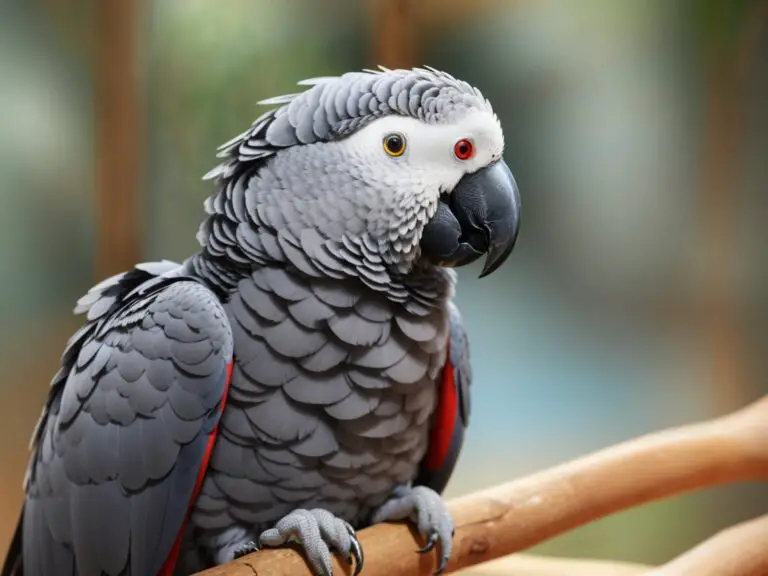How Do African Grey Parrots Adapt To Captivity Compared To Other Parrot Species?
Key Takeaways:
- African Grey Parrots exhibit higher levels of adaptability to captivity compared to other parrot species.
- They show enhanced problem-solving ability, enabling them to adjust to captive environments more seamlessly.
- African Grey Parrots also demonstrate higher social intelligence, facilitating easier interactions with humans.
- Their adaptability may be attributed to their ability to mimic and learn from their surroundings.
Imagine bringing the breathtaking beauty and intelligence of African Grey Parrots into your home.
But how do these highly adaptable creatures respond to life in captivity compared to other parrot species?
The answer lies in their remarkable physical and behavioral adaptations.
From their ability to bond with humans and other pets to their sharp minds that crave mental stimulation, African Grey Parrots have a unique way of thriving in captivity.
In this article, we’ll explore these adaptations, compare them to other popular parrot species, delve into their social behavior, address their healthcare needs, and provide valuable insights into their overall well-being.
So, let’s embark on this captivating journey together!
| Adaptation Factors | African Grey Parrots | Other Parrot Species |
| Behavioral Adaptations | Form strong bonds with their human caregivers Capable of learning complex tricks and imitating human speech Require mental stimulation and social interaction Can become stressed or develop behavioral issues if not provided with enough mental and social stimulation | Form strong bonds with their human caregivers Capable of learning tricks and imitating human speech, although some species may have limitations in mimicking Require mental stimulation and social interaction Can become stressed or develop behavioral issues if not provided with enough mental and social stimulation |
| Physical Adaptations | Large size with a wingspan of approximately 46-52 cm Excellent problem-solving skills Strong beaks for cracking nuts and seeds Ability to climb and manipulate objects with their feet | Vary in size depending on the species Different species may have different problem-solving abilities Beak strength varies, with some specializing in cracking harder nuts while others focus on fruits and softer items Ability to climb and manipulate objects with their feet |
| Dietary Adaptations | Primarily eat fruits, nuts, seeds, and vegetation in the wild Have specific nutritional requirements that need to be met in captivity Can develop health issues if not provided with a balanced and varied diet | Diet varies depending on the species Most parrot species have specific nutritional requirements that need to be met in captivity Can develop health issues if not provided with a balanced and varied diet |
African Grey Parrots’ physical and behavioral adaptations
African Grey Parrots have developed physical and behavioral adaptations to thrive in captivity.
Physical adaptations for captivity
In captivity, African Grey Parrots undergo certain physical adaptations to adjust to their new environment.
These adaptations include:
- Reduced flight muscles: Due to limited space in captivity, African Grey Parrots may develop weakened flight muscles over time. This helps them conserve energy and adapt to a more sedentary lifestyle.
- Shortened beaks and claws: In the wild, parrots use their beaks and claws to forage and perch on trees. In captivity, with different feeding and perching options, their beaks and claws may naturally shorten and become less sharp.
- Changes in feather condition: African Grey Parrots in captivity may show changes in their feather condition. This can be attributed to the difference in diet, stress, or lack of access to natural elements like sunlight and humidity.
These physical adaptations are the parrot’s ways of adjusting to their captive environment.
It is important for owners to provide them with proper care, nutrition, and mental stimulation to ensure their overall well-being.
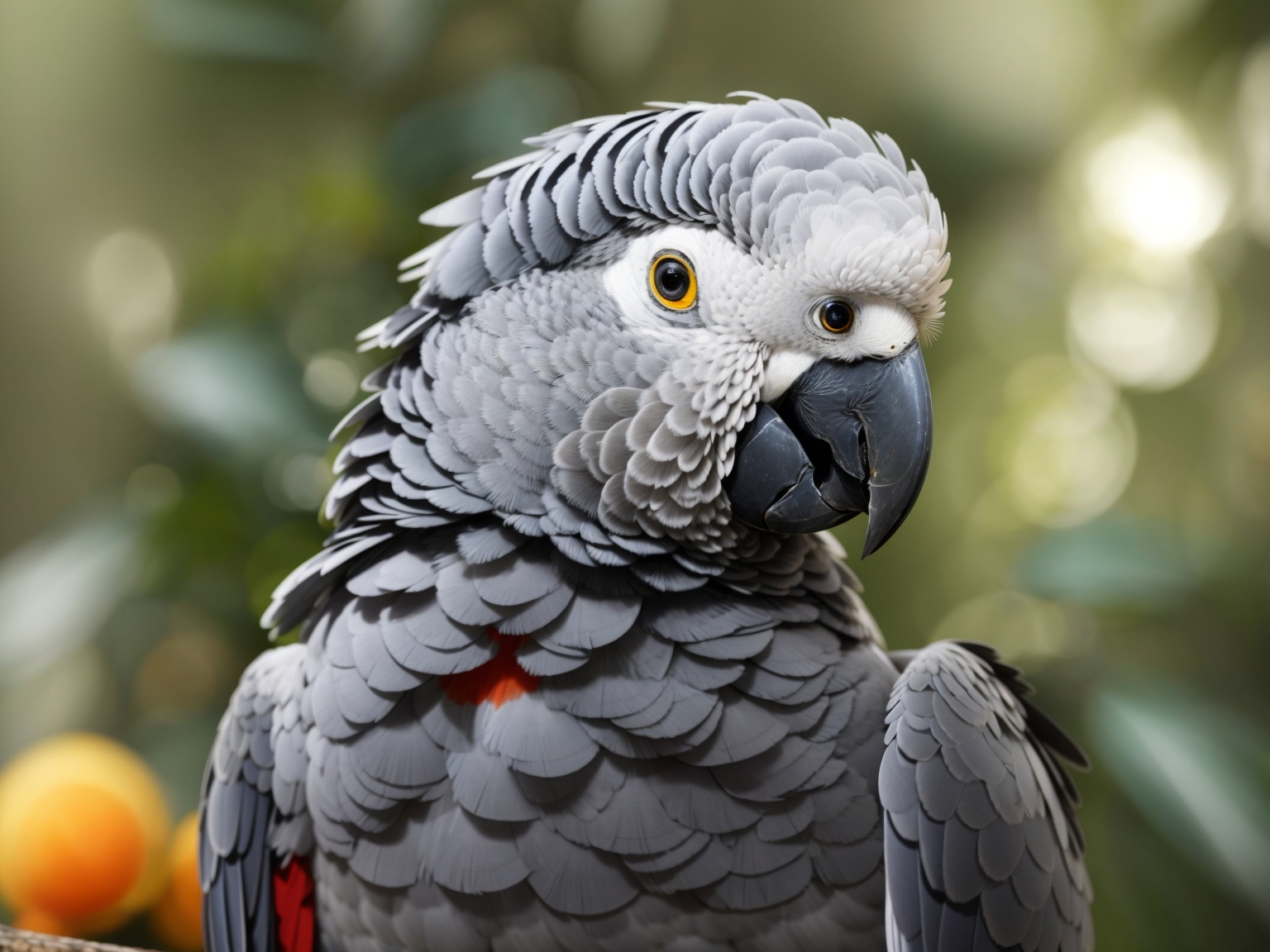
Behavioral adaptations for captivity
African Grey Parrots are highly intelligent and social birds, which makes them adaptable to captivity.
They can form strong bonds with their human caregivers and enjoy interacting with other pets in the household.
Providing mental stimulation through toys, puzzles, and social interactions is important for their well-being.
Regular veterinary care and a balanced diet are crucial for their health.
Comparison with other parrot species
Compared to other parrot species, African Grey Parrots have certain adaptations in captivity that set them apart.
Let’s take a closer look at how Cockatoos, Macaws, and Amazon Parrots adapt to captivity as well.
Adaptations of Cockatoos in captivity
Cockatoos have physical and behavioral adaptations that help them thrive in captivity. Physically, they have strong beaks and claws for manipulating objects and climbing.
Behaviorally, they are highly social and intelligent, requiring mental stimulation and social interaction.
Providing them with a spacious living environment, toys, and regular interaction can help meet their needs in captivity.
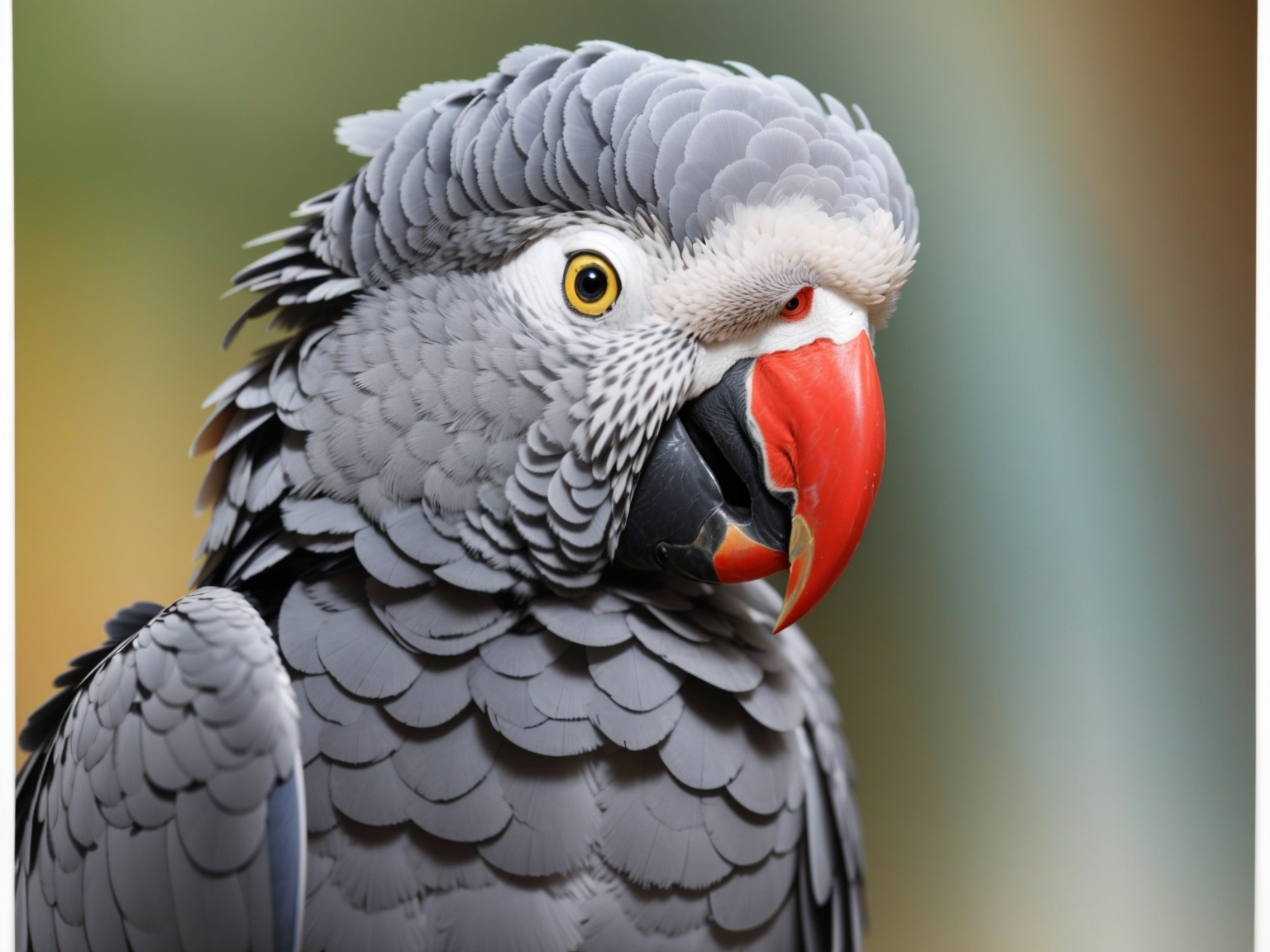
Adaptations of Macaws in captivity
Macaws have physical adaptations, like strong beaks, that help them crack open nuts and seeds. They also have strong claws for climbing and perching.
In captivity, they adapt by learning to eat a varied diet, which includes pellets and fresh fruits and vegetables.
They can also learn to mimic human speech and engage in interactive play with their owners. To keep them physically and mentally stimulated, it’s important to provide them with plenty of space to fly, toys to chew on, and opportunities for social interaction.
Adaptations of Amazon Parrots in captivity
Amazon Parrots have physical and behavioral adaptations that help them thrive in captivity.
Physically, they are adaptable and can adjust to different living conditions.
They have strong beaks for cracking nuts, and their feet are adapted for climbing.
Behaviorally, they are intelligent and social birds that require mental stimulation and social interaction.
They can learn to mimic human speech and enjoy playing with toys.
Providing them with a spacious cage, mental stimulation, and social interaction are essential for their well-being in captivity.
Social adaptations of African Grey Parrots
African Grey Parrots exhibit unique social adaptations in captivity. Bonding with humans and interacting with other pets are key aspects of their social behavior.
Bonding with humans in captivity
African Grey Parrots have a natural ability to form deep bonds with humans in captivity.
They are highly intelligent and sensitive birds, which allows them to develop strong emotional connections with their human caregivers.
Spending quality time with them, providing social interaction, and using positive reinforcement techniques are important for building a strong bond.
It’s essential to establish trust and create a nurturing environment where they feel loved and secure.
Interaction with other pets in the household
African Grey Parrots can have positive interactions with other pets in the household, but it depends on the individual personalities of both the parrot and the other pets. It’s important to introduce them slowly and supervised to ensure their safety.
Some African Grey Parrots can get along well with cats and dogs, while others may prefer to keep their distance.
It’s crucial to monitor their interactions closely and provide a safe environment for all the pets. Remember, each situation is unique, so it’s essential to consider the specific dynamics of your household.
Mental stimulation and enrichment
Mental stimulation and enrichment are key for African Grey Parrots in captivity.
Providing mental stimulation for African Grey Parrots
African Grey Parrots are highly intelligent and require mental stimulation to prevent boredom and promote their well-being.
Some ways to provide mental stimulation for these parrots include:
- Interactive toys: Provide toys that require problem-solving skills, such as puzzle toys or foraging toys, to keep them engaged and mentally stimulated.
- Training and tricks: Teach your African Grey Parrot simple commands and tricks, which not only stimulate their mind but also strengthen the bond between you and your pet.
- Social interaction: African Grey Parrots are social birds, so spending quality time with them and providing social interaction is crucial. Engage in regular conversations, play games, or simply be present in their vicinity.
- Variety in the environment: Change the layout of their cage, introduce new perches, and rotate toys regularly to keep their environment new and interesting. This prevents them from getting bored with their surroundings.
- Mental puzzles and games: Introduce mentally stimulating games like hiding treats or objects for them to find. This taps into their natural curiosity and problem-solving abilities.
- Music and audio stimulation: Playing calming music or nature sounds can provide auditory stimulation and keep them entertained.
Remember, each African Grey Parrot is unique, so observe and understand their preferences to provide the mental stimulation that suits them best.
Regularly engaging them in mentally stimulating activities will help keep them happy, healthy, and fulfilled.
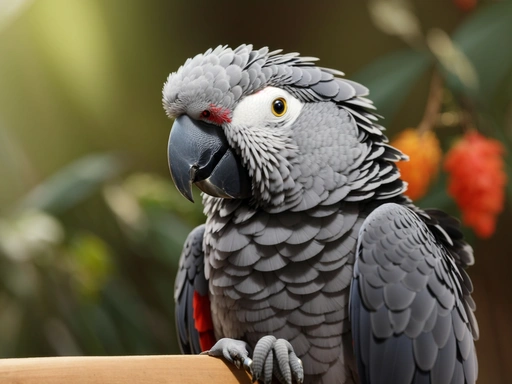
Importance of environmental enrichment
Providing environmental enrichment is crucial for the well-being of African Grey Parrots in captivity.
It stimulates their natural instincts, prevents boredom, and helps prevent behavioral problems.
Enrichment activities, such as foraging puzzles and interactive toys, keep them mentally stimulated and engaged, leading to a happier and healthier bird.
Regularly changing the environment and introducing new stimuli also helps mimic the variety they would experience in the wild.
Healthcare and nutrition in captivity
In captivity, African Grey Parrots require proper healthcare and nutrition for their well-being. This includes addressing common health issues and providing a special diet suited to their needs.
Common health issues in African Grey Parrots
African Grey Parrots are prone to certain common health issues. Respiratory problems, like pneumonia and air sacculitis, can occur due to bacterial or viral infections.
Feather-plucking, a behavioral problem, can also affect their well-being.
Nutritional deficiencies, such as vitamin A and calcium deficiencies, may lead to weakened immune systems and skeletal issues. Psittacine beak and feather disease, a viral infection, is another concern.
Regular check-ups and a balanced diet can help prevent these issues.
Special dietary needs and considerations
African Grey Parrots have special dietary needs that need to be met to ensure their health and well-being. This includes a balanced diet of high-quality pellets, fresh fruits and vegetables, and limited seeds as treats.
It’s important to avoid foods that are toxic or harmful to them, such as avocado, chocolate, caffeine, and alcohol.
Additionally, providing a variety of foods can help prevent boredom and encourage foraging behaviors.
Frequently Asked Questions
Can African Grey Parrots be kept in small cages?
African Grey Parrots should not be kept in small cages.
They require ample space to move around and stretch their wings.
Small cages can lead to physical health issues and behavioral problems.
It’s important to provide them with a spacious and stimulating environment for their well-being.
How do African Grey Parrots cope with being alone for long periods?
African Grey Parrots are highly social and intelligent birds, so being alone for long periods can be stressful for them.
They cope with this by finding ways to entertain themselves, such as playing with toys or engaging in mental stimulation activities.
It’s important to provide them with plenty of toys and environmental enrichment to keep their minds engaged and prevent boredom.
Additionally, bonding with their human caregivers and interacting with other pets in the household can help alleviate feelings of loneliness.
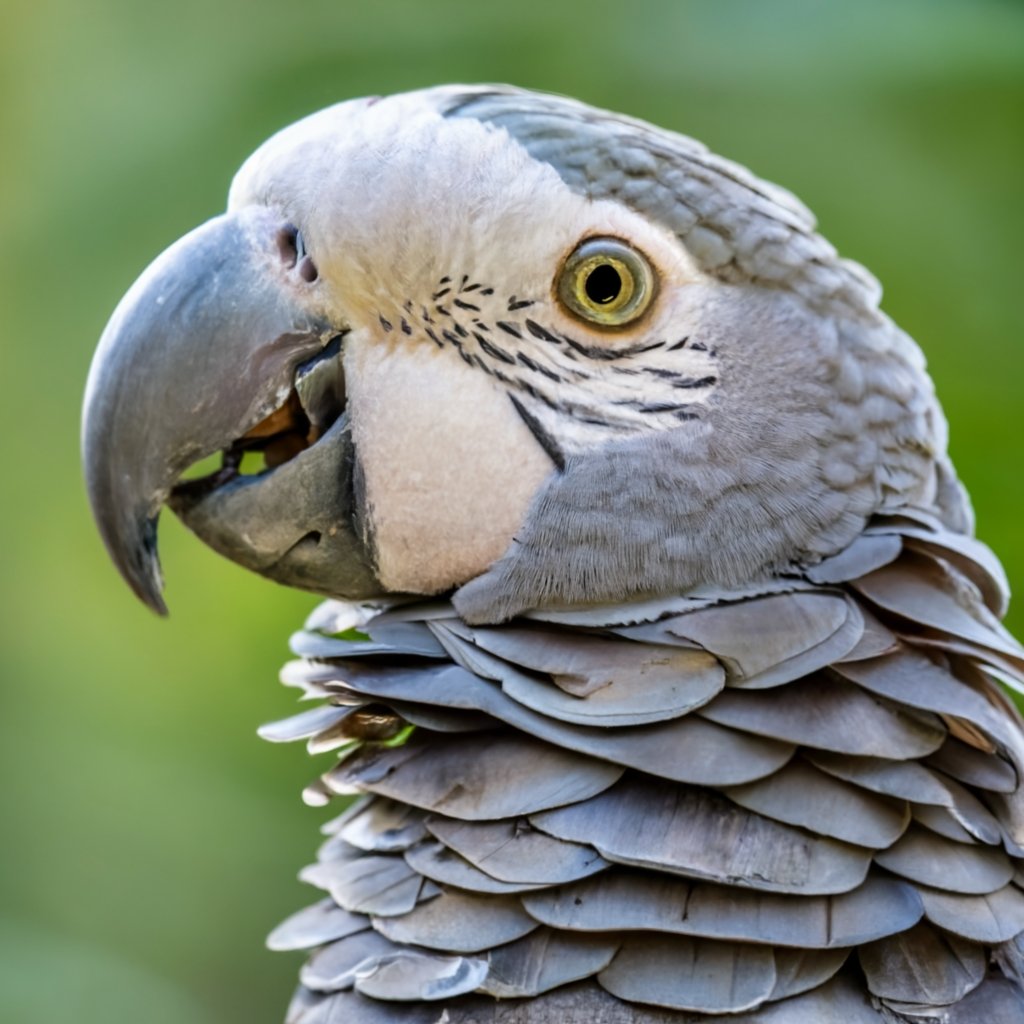
What kind of toys and activities are suitable for African Grey Parrots in captivity?
African Grey Parrots are highly intelligent and curious birds, so it’s important to provide them with toys and activities that stimulate their minds.
Here are some suitable options:
- Puzzle toys: These toys challenge the parrot’s problem-solving skills and keep them engaged.
- Foraging toys: These mimic natural foraging behavior, allowing the parrot to search for treats or toys hidden inside.
- Chew toys: African Grey Parrots love to chew, so provide them with safe and durable toys to satisfy their natural urge.
- Interactive toys: Toys that respond to the parrot’s actions, such as those with bells or buttons, provide mental stimulation and engagement.
- Swings and perches: These provide physical exercise and help keep the parrot entertained.
- Training and trick toys: Teaching your African Grey Parrot tricks and commands not only provides mental stimulation, but also strengthens the bond between you and your bird.
Remember to regularly rotate toys and provide a variety to prevent boredom.
Always ensure that the toys are safe and free of any small or harmful parts.
Your African Grey Parrot will appreciate the enrichment and mental stimulation these toys and activities provide in their captivity.
Final Verdict
African Grey Parrots have unique physical and behavioral adaptations that allow them to thrive in captivity.
Compared to other parrot species, they possess the ability to bond closely with humans and interact with other pets in the household.
Providing mental stimulation and environmental enrichment is crucial for their well-being.
Additionally, understanding their healthcare and nutrition needs is vital to prevent common health issues.
Overall, by taking into consideration these adaptations, African Grey Parrots can be successfully kept in captivity with proper care and attention, leading to a fulfilling and enriching life for both the parrot and its human companions.

